By Jennifer Hillman and DAVID SACKS
China’s Belt and Road Initiative (BRI) is the country’s most ambitious foreign policy undertaking in modern times and is central to Chinese President Xi Jinping’s legacy. BRI, which dwarfs the Marshall Plan in scale, has funded and built roads, power plants, ports, railways, fifth-generation (5G) networks, and fiber-optic cables around the world. While BRI initially sought to connect countries in Central, South, and Southeast Asia with China, it has since transformed into a globe-spanning enterprise encompassing 139 countries.
Our independent Task Force report, chaired by Jacob J. Lew and Admiral (retired) Gary Roughead, evaluated the implications of BRI for U.S. interests and put forward a U.S. strategy to respond to it.
When Xi introduced BRI in 2013, he believed it could advance an array of Chinese economic, political, and geopolitical interests while filling a vital need in many countries for reliable sources of power and better infrastructure.
In theory, BRI has the potential to be a net positive in multiple respects, helping to close an infrastructure gap in developing countries while also smoothing transportation and logistics paths, and contributing to regional and global economic growth.
In practice, however, BRI’s risks outweigh its benefits. BRI undermines global macroeconomic stability by lending funds to unsustainable projects, thereby adding to countries’ debt burdens. It locks some countries into carbon-intensive futures by promoting coal-fired power plants, tilts the playing field in major markets toward Chinese companies, promotes exclusive reliance on Chinese technology, and draws countries into tighter economic and political relationships with Beijing.

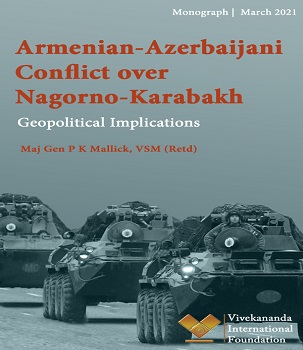



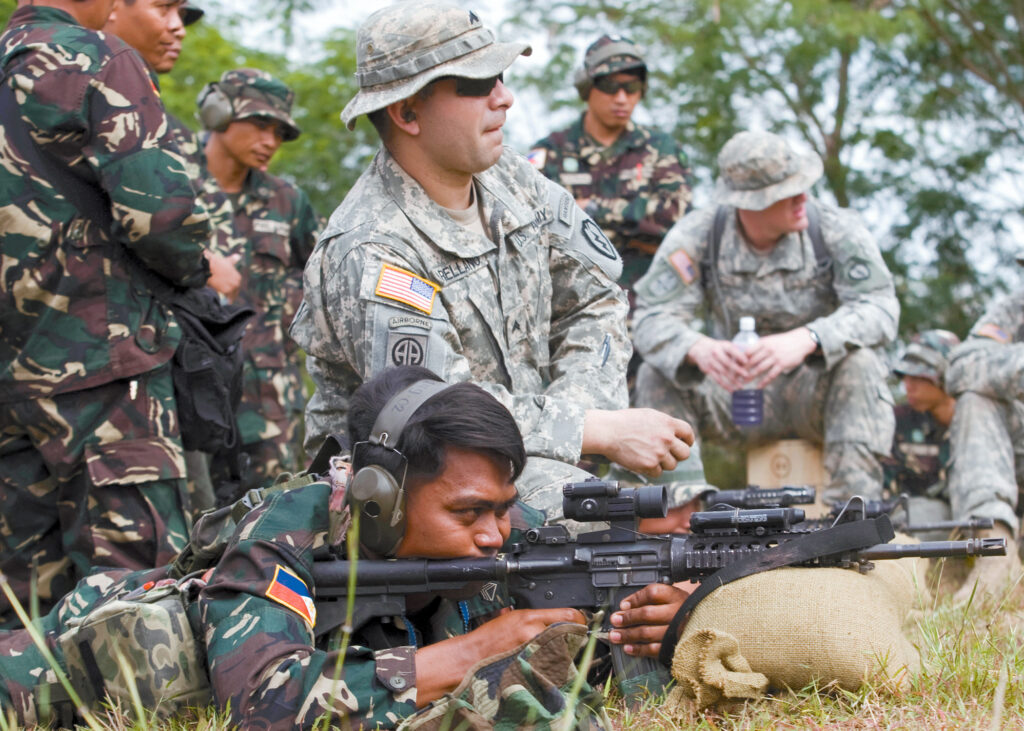
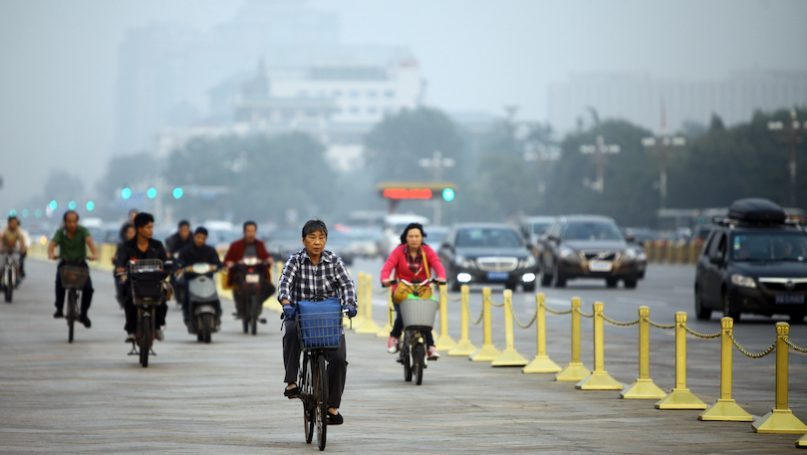

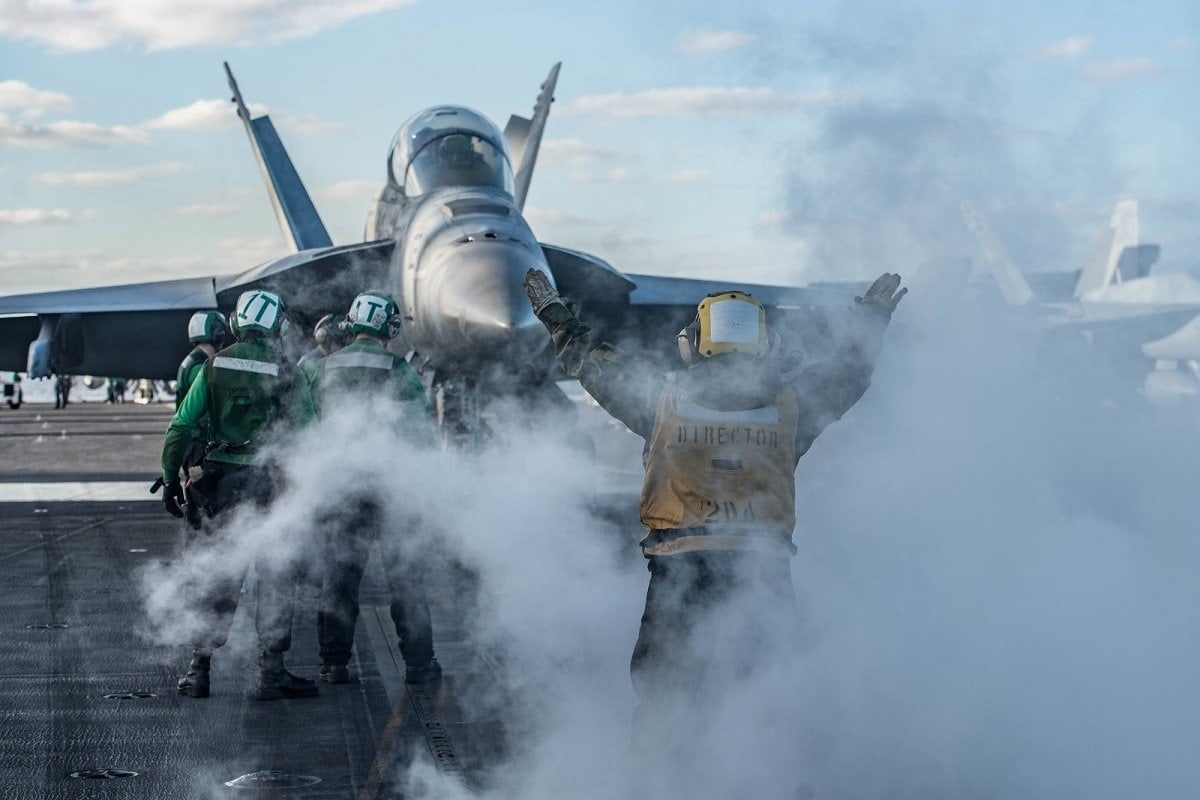
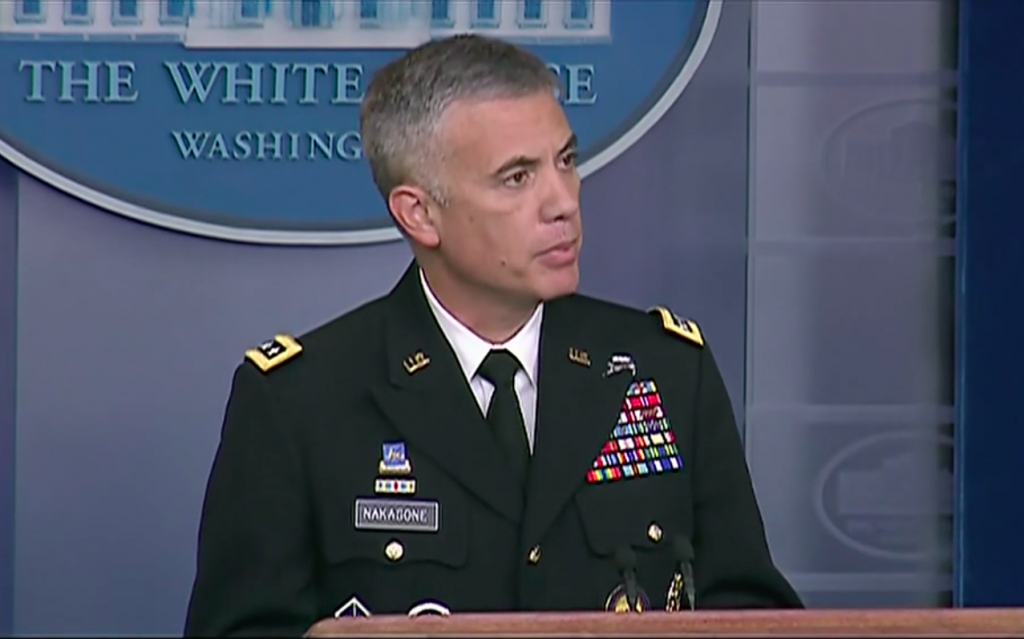




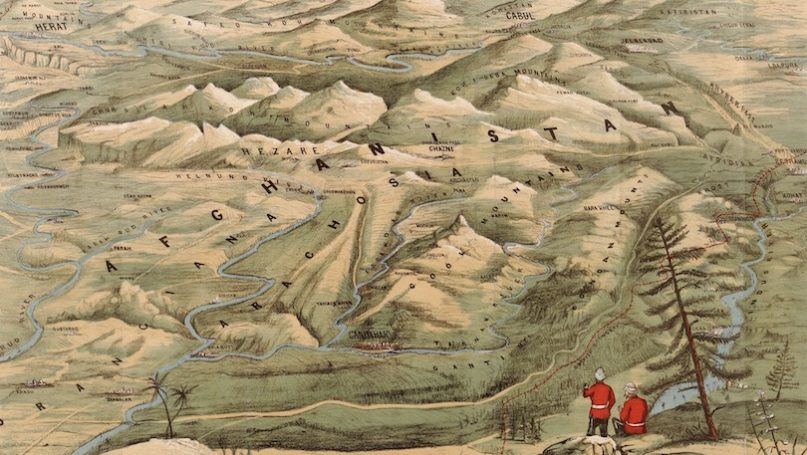




/arc-anglerfish-arc2-prod-mco.s3.amazonaws.com/public/LQE7OWALVVBDNCUQVEGMCZZQJI.jpg)
